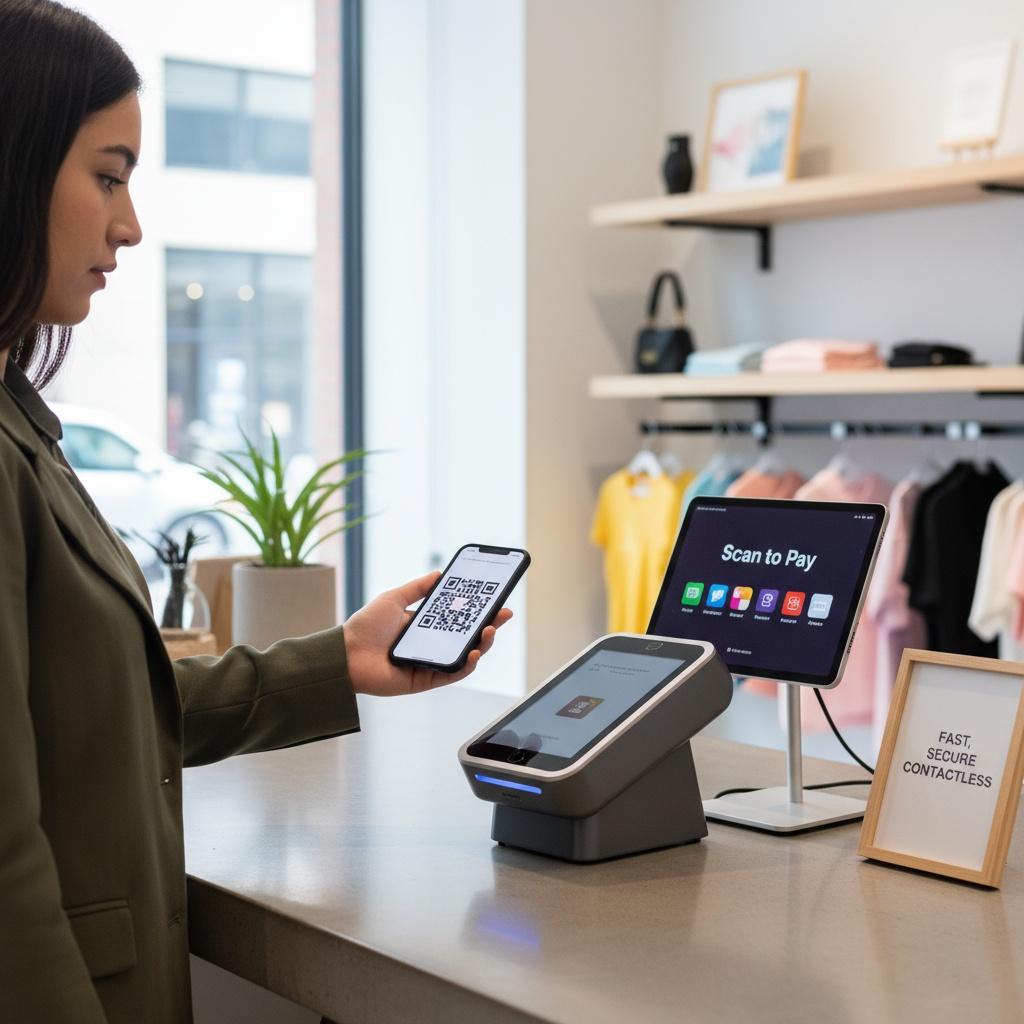

In today’s rapidly evolving digital landscape, businesses are constantly on the lookout for effective tools to bridge the gap between offline and online engagement. Two such powerful tools are QR codes and short links, both designed to drive customer interaction and support modern marketing strategies. But which one is better suited for your business needs? Let’s explore the advantages and drawbacks of QR codes and short links to help you decide.
QR codes have made a significant comeback as a dynamic digital transformation tool. Their ability to store diverse types of information and provide instant access via smartphone scanning has transformed customer experiences across multiple sectors. Industries ranging from retail to hospitality use QR codes for menus, promotions, payments, and more, driving higher engagement and streamlined operations. According to this analysis on QR codes in digital marketing, they enhance customer journeys by offering quick, contactless interactions that boost satisfaction and loyalty.
Another compelling benefit is the analytics QR codes provide. Businesses gain granular insights into when, where, and how often their codes are scanned, enabling tailored marketing interventions based on real-time data. Plus, QR codes support digital workflows that simplify processes such as onboarding and payment, making them pivotal tools in the digital transformation journey. Learn more about their operational impact on digital transformation workflows here.
Short links, on the other hand, focus mainly on condensing lengthy URLs into memorable, easy-to-type addresses. They excel in digital campaigns where users might manually enter URLs or need quick access via clickable text. Their customization features allow marketers to align branding with URLs, which can reinforce brand visibility and trustworthiness. Platforms like Bitly offer robust tracking capabilities, allowing marketers to monitor click-through rates and campaign effectiveness effortlessly.
However, short links typically lack the rich contextual and location-based data you can get from QR code scans. They are inherently dependent on active internet access and usually don’t provide the offline-to-online bridging that QR codes facilitate. For a more in-depth guide on short links’ role in business, you can read this comprehensive guide on link shorteners.
QR codes offer a tactile experience, often integrated into physical marketing materials such as posters, packaging, and storefronts. This offline presence allows consumers to engage immediately with digital content, which is especially valuable in sectors undergoing digital transformation. Their tracking capabilities extend beyond simple click counts to detailed scan analytics that include device type and location data, providing richer marketing insights.
Short links perform well in environments where web interactions are predominant. They simplify URLs and make them shareable across social media, email, and SMS platforms, building brand consistency in purely digital channels. While their analytics are less detailed than QR codes, they remain an invaluable tool for tracking broad campaign engagement.
Both QR codes and short links carry potential security risks if not managed carefully. QR codes can be tampered with or lead users to malicious websites if not protected, as explained by cybersecurity experts at SSL2Buy. Similarly, short links can disguise harmful destinations, requiring businesses to use trusted shortening services with robust safeguards.
Accessibility is another key factor. QR codes require users to have smartphone cameras and the knowledge of how to scan them, which can sometimes limit reach. Short links are more universally accessible as they can be clicked or manually entered on any internet-connected device.
For brands aiming to enhance their digital transformation efforts, QR codes provide an effective bridge from offline to online, fostering seamless customer journeys and data-rich interactions. Conversely, short links thrive in digital-first campaigns emphasizing simplicity and shareability. Ideally, an integrated approach leveraging both tools can yield the best results, maximizing user convenience while gathering valuable engagement data.
Ultimately, choosing between QR codes and short links depends on your specific marketing objectives, target audience, and the channels you prioritize. Leveraging their unique strengths and mitigating limitations will help your brand stay competitive in today’s ever-changing marketplace.
Both QR codes and short links are essential digital transformation tools that serve distinct but complementary roles in modern marketing strategies. QR codes shine by connecting physical touchpoints to the digital world with rich tracking and engagement features, while short links simplify navigation and foster easy sharing across digital channels. To truly benefit from the digital transformation in business, marketers should thoughtfully integrate these tools based on campaign goals and customer behaviors. By doing so, businesses can drive meaningful interactions, enhance user experience, and propel their marketing efforts into the future.